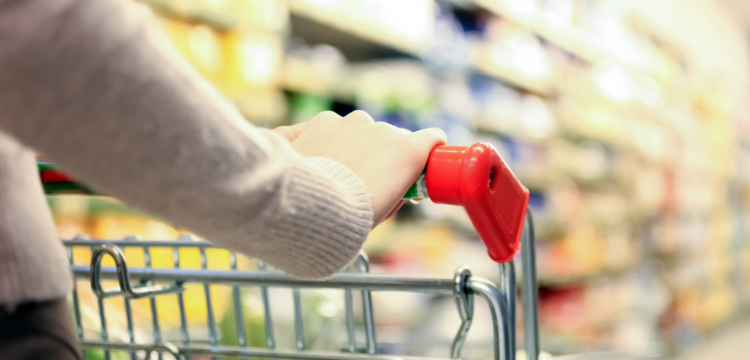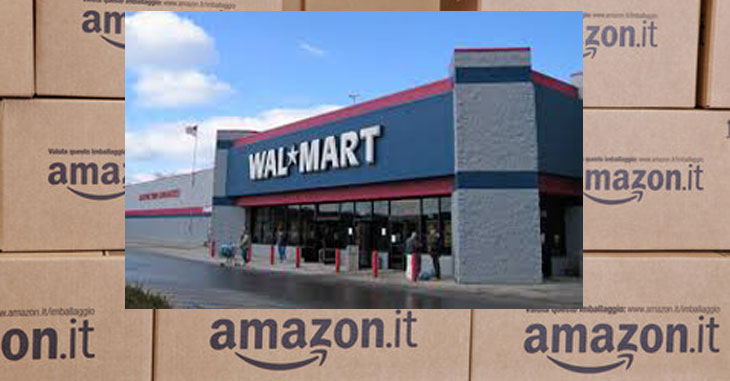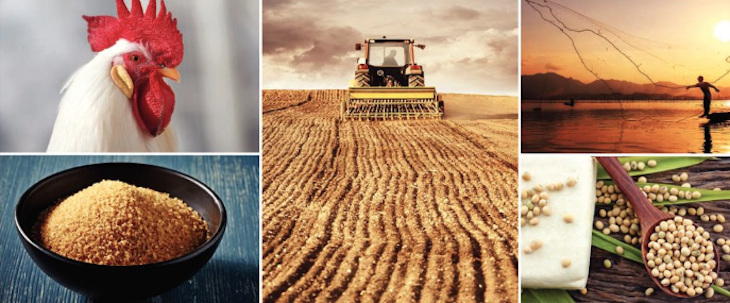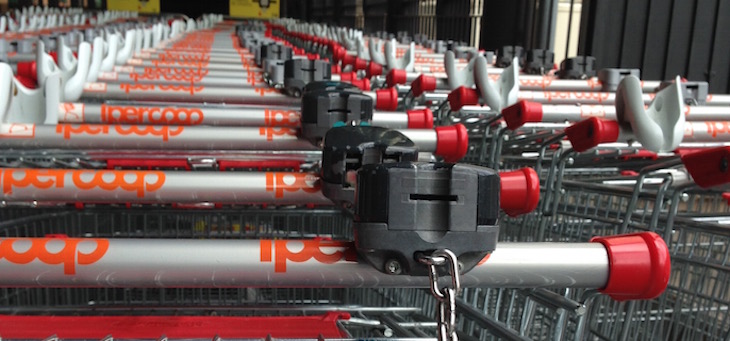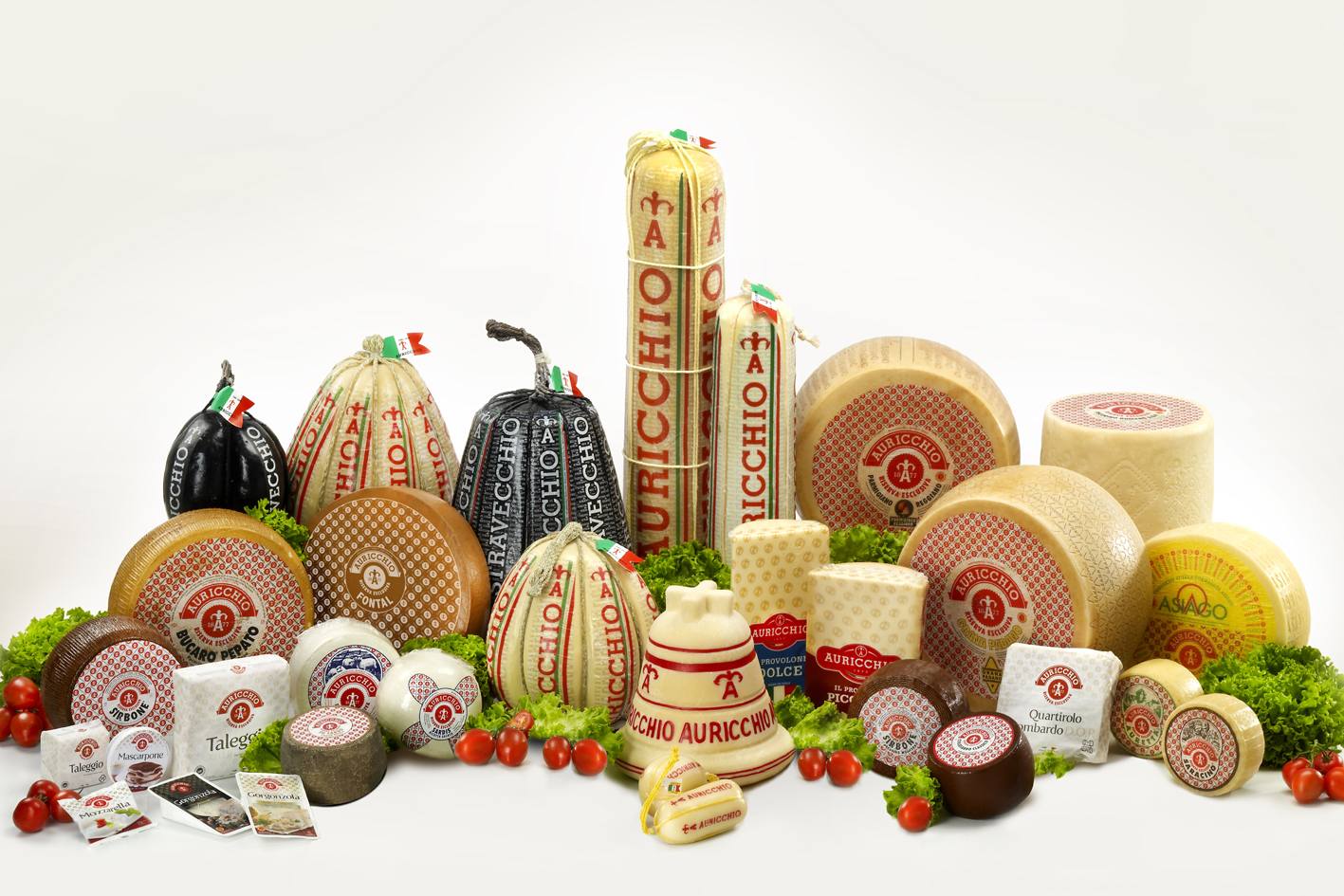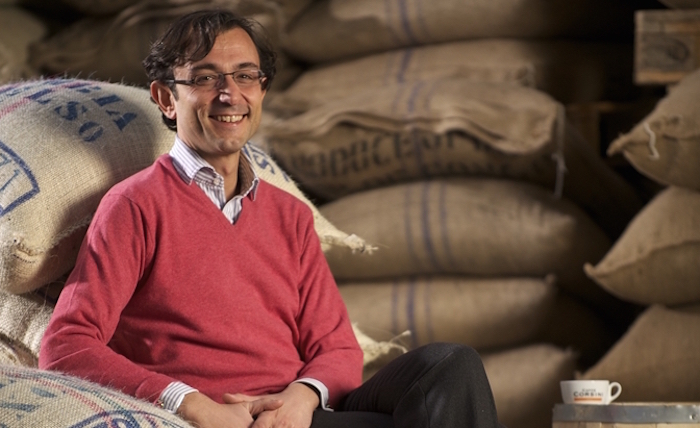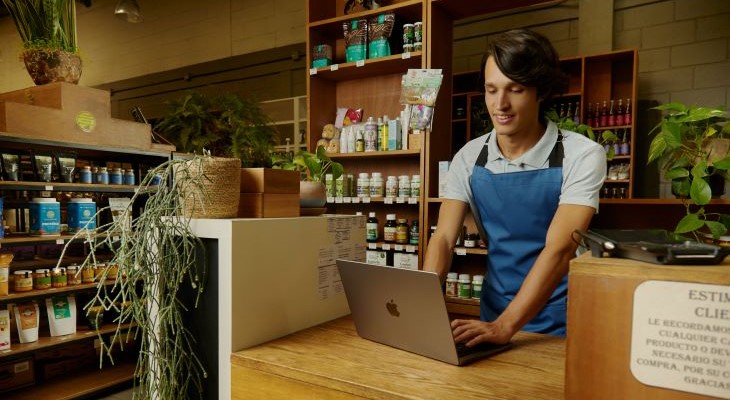As any good sailor knows, before charting a course, you need to properly establish the coordinates. Things do not change when navigating the (more or less) stormy seas of the market: you need points of reference in order to understand in which waters you are navigating.
Pricing trends, consumer confidence and promotional activities thus become essential parameters to decipher the context and interpret a changing scenario such as that of the private label. “The market has started to grow again, recording a significant +2.5% – explains Gianmaria Marzoli, Retail Commercial, Director of IRI –. And also inflation, since May, has reversed its trend with an improvement effect on prices.
Driving this sprint have essentially been volumes (2%), but much has also depended on the improvement of the economy (despite the still very high unemployment), on consumer confidence (which has taken off again) and on the particularly propitious seasonality, which can be attributed a contribution to the volume growth of 0.5%.
To this context, in itself dynamic, must be added another element: the reduction in promotional pressure, which in 2015 stood at 27.7%, down 0.6% compared to 2014.
This is an important fact: it is the first time that a reduction in its incidence has been recorded while, on the contrary, the steady erosion of the effectiveness of this lever continues. There is clearly a change of pace in progress which also involves Private Labels.
Since May, in fact, private labels have been riding a positive trend: after a year and a half characterised by a pervasive negative sign (which in 2014 took the form of a hefty -2.5%), today we can finally see the turnaround, demonstrated by a timid but still significant +0.7%”.
So we are recovering the lost ground…
I would be cautious. Certainly the trend is back in positive territory, but the levels reached two years ago are still far away. Let us not forget that private labels continue to lose market share today they are at 18.2%, a decrease of 0.4%. Even if it can be observed that this year like never before there is a clear difference in performance between retailers that increase sales and volumes and retailers that, on the contrary, show negative results.
In terms of offer, how are things looking?
I would say that there is a tendency to keep it stable, but with a rationalization that leads to disinvest in entry-level prices and focus instead on premium and organic products. In fact, the experience of recent years has taught us that chasing discounts on a very basic offer cannot lead to concrete results.
So the choice has been to reduce the entry-level product range by 30-40%, increasing, on the other hand, the number of high-end products. In short, a trade up operation, aiming in any case at ensuring value for money for customers: we are speaking of a price premium of 25% compared to 70% for the industrial brands.
This as regards the high end. And the main stream?
It is still the core of the offer and counts for between 80 and 85% and we are trying to give it a more value-for-money positioning (currently the price index is 84, while in 2014 it was 85).
Nevertheless, it is an “easily attackable” positioning: it is sufficient that the industry with its brands launches a 30% promo and hey presto, the value-for-money ball goes into their half: at that point the game is over.
Also because the industrial brands, today, have reduced their promotional incidence by only 0.5% compared to a much higher 1.4% of the private labels.
So what’s the strategy?
Not stopping to refine upgrades, on the one hand. And on the other, working on a more continuous and competitive price positioning compared to the high/low adopted by the industry. And some retailers have already been adopting this strategy for some time.
But then, if you want to exceed 30% market share, it is an almost obligatory path.
But don’t you risk affecting margins?
I think there are still many areas of efficiency and that discussing with co-packers could not only help increase volumes, but would also protect against financial losses. Obviously refining the price scale, for greater competitiveness, requires fine tuning and certainly not an across-the-board intervention: that is, we must focus on specific categories and on higher value products. And everything, never forget it, without sacrificing quality.

